Garden Hacks that Work
You’ve started your garden and you’ve tried to do the research, but you get overwhelmed with all the information available. Do you wade through peer-reviewed studies and university research? Or should you listen to your neighbor without a post-graduate degree in horticulture but has gardened for 30 years?
I get it — all the information available can make anyone’s head spin. You just want a garden; how hard can it actually be?
The truth is, anyone searching for gardening information will find lots of different ideas and garden hacks. Trying to separate proven fact from old wives’ tales is an impossible task for anyone, much less a beginner gardener.
But let’s be real — don’t we all want to know what garden hacks or shortcuts could actually work in the garden?
That’s what today’s post is all about. I chatted with Joey and Holly Baird of the Wisconsin Vegetable Gardener radio show because the hacks they’ve shared with me have actually worked in my garden. Today they’re going to share even more with you!
*links below may contain affiliate links
Garden Hack 1. Add Worm Casting to the Soil to Kill Aphids
Not only do worm castings provide nutrients that help your plants need, but they also contain chitinase. When chitinase is absorbed into the plant, the aphids that extract the juices from your plant die. I tried it last year and was blown away with this organic aphid control method. While other methods (like insecticidal soap spray) can damage the plant, this method improves the plant’s health while it keeps pests away.
Garden Hack 2. Use Cornmeal with Mulch to Prevent Early Blight on Tomatoes
Early blight is a fungal disease that lives in most soils. It causes yellow tomato leaves and can eventually kill the plant. One hack to prevent early blight on your tomatoes is to use whole-grain yellow cornmeal. Whole-grain yellow cornmeal contains a strain of Trichoderma, which is believed to control fungal infections such as early blight.
To get this benefit, sprinkle cornmeal on top of your soil around your tomato plants. Then apply your mulch of choice to create a barrier between the soil and the plant. As the plant grows, you also want to remove the stems and leaves from the bottom 6-8″. You can re-apply this cornmeal after a few weeks if needed.
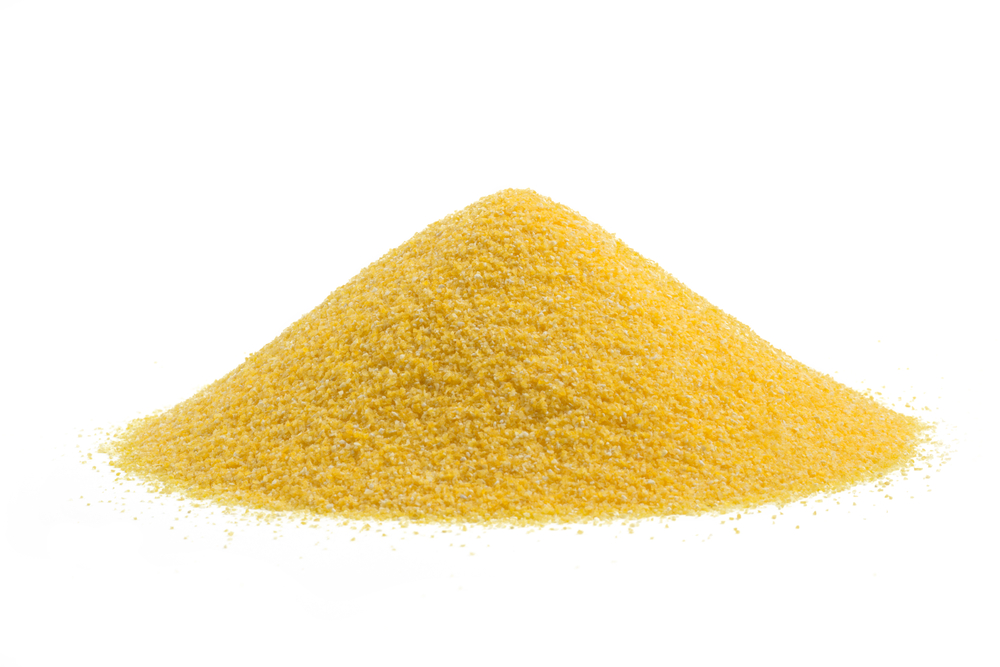
Garden Hack 3. Cinnamon on Seedling Trays
Cinnamon has an anti-fungal property that is helpful for your seedlings and can help reduce fungal gnats and damping-off disease. When you place seeds in your seedling tray, sprinkle a little cinnamon on top that will repel the gnats. Also, be careful not to overwater your trays. Water only as needed to keep the soil feeling like a damp sponge.
Garden Hack 4. Plant Long, Sprouted Potatoes for an Early Start
While seed potatoes can be planted directly in the soil before their “eyes” begin to sprout, you can also speed up the process by pre-sprouting them on a warm window sill. Alternatively, if you find the organic potatoes in your pantry starting to sprout, they can also be planted. Potatoes the size of a medium chicken egg with sprouts up to 6-8 inches long are great options for this. At planting time, bury the sprouted potato deeply, with almost all of the sprout under the soil.
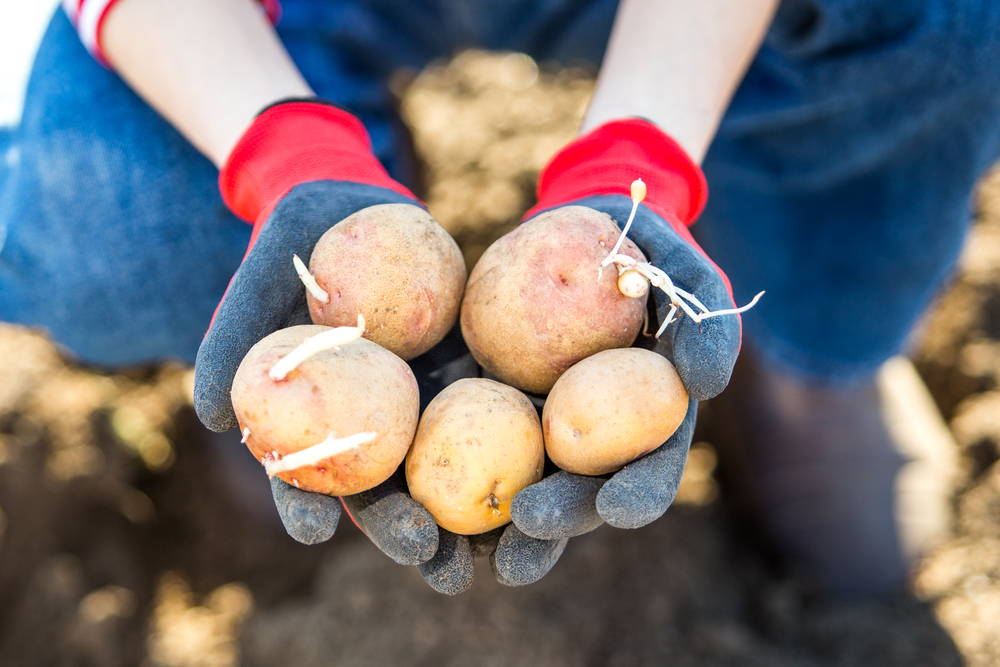
Garden Hack 5. Use a Slow Cooker to Prevent Scorched Sauces
If you’re canning sauces such as tomato sauce or apple sauce, you have to let the sauce cook down to the desired consistency prior to canning. Instead of simmering sauces on the stovetop, use a slow cooker instead. It can be difficult to stay over the stove when cooking the produce down for the hours required, but if you use a slow cooker, you don’t have to stay with it all day. By doing this, you can also avoid burning the sauce — which is not uncommon when using a stovetop.

Garden Hack 6. Start Summer Squash in Coffee Cans
Getting a head start on summer squash can not only provide you with an earlier harvest, but you can also get a jumpstart on common squash pests. But what do you do if the weather and soil aren’t warm enough to plant? Try planting squash seeds using a coffee can as a greenhouse.
First, prepare the coffee can by removing the bottom. Then you push the can into the ground where you want your plant. Plant your seed, and cover it with plastic wrap. By starting your squash in these cans, you can get up to a 4-week head start. The plastic wrap acts as a greenhouse and helps the seed to sprout. Take a week to gradually remove the plastic wrap so there’s not a drastic environmental change.
This method can even help to prevent the squash vine borer — in Joey and Holly’s garden, they saw a reduction of 50-70%.
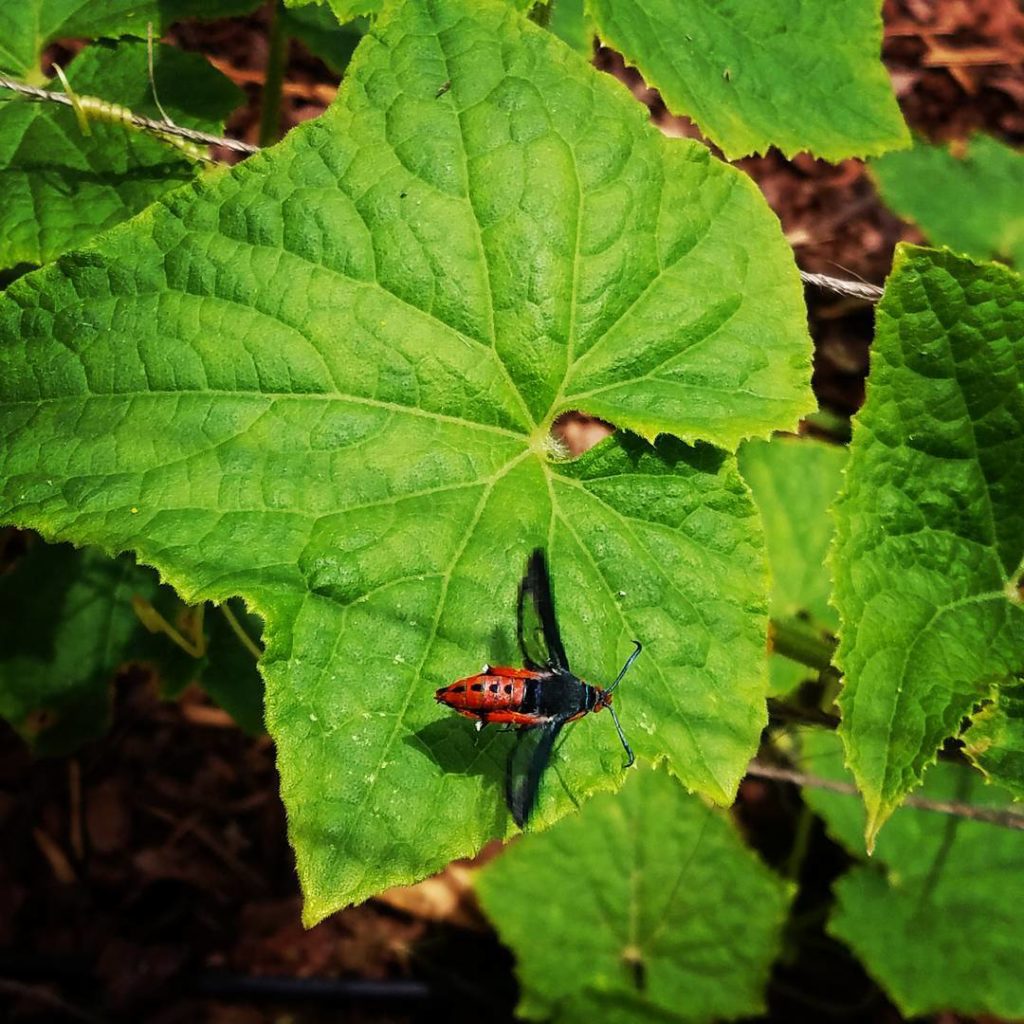
Garden Hack 7. Remove Squash Vine Borer by Cutting into the Stem
Using a coffee can may help prevent squash vine borer, but what can you do if you find your squash plant already affected? First, you want to catch this pest as early as possible. This pesky moth will bore into your squash plant to plant its eggs. You have to catch these insects early so you want to look at your plants and feel the stems on a regular basis. If you see something that is damaged or if it looks like there’s a hole with sawdust, you need to remove the squash vine borer. Take a razor blade and split one side open so that you can remove the larvae. Then, cover the damaged vine with soil to encourage regrowth.
Garden Hack 8. Use Coffee Grounds in the Garden for Supplemental Fertilizer
Coffee grounds provide a gentle nitrogen supplement to your garden, whether added to your compost pile or directly to the garden. It’s an organic material that worms love and helps improve the nitrogen level. To get this benefit, you must mix the coffee grounds into the soil so the nitrogen doesn’t escape into the air. Also, adding a straight layer of coffee grounds can cause a repellant effect on the top of the soil, so be sure and mix it in lightly.
Garden Hack 9. How to Grow Okra in the North
Okra requires hot weather and thrives in areas with a long period of summer heat. But you CAN grow it in the northern US, as Joey and Holly themselves prove in their Wisconsin garden. One option is to grow a small variety and place it in the warmest place in the garden. Soaking the seeds in milk for about a day ahead of planting helps the seeds to germinate more quickly, which is important in a short growing season. You don’t have to wait until the okra plants get full-grown; they will begin producing when young, given the right conditions. Once production begins, harvest the pods frequently so the plants keep producing.
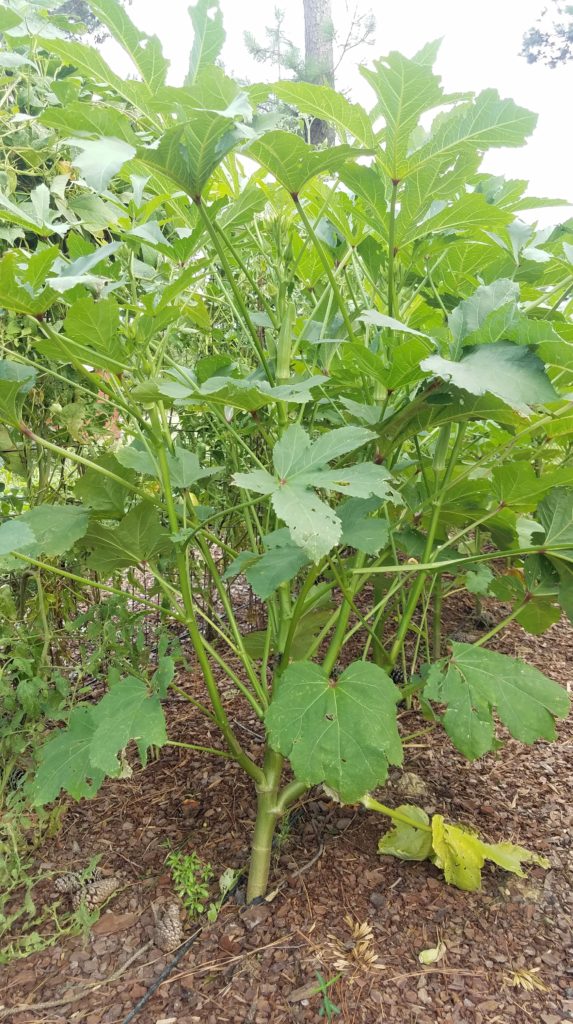
Garden Hack 10. Stake Tomatoes with the Florida Weave
To hold more tomatoes in each row, a staking method called the Florida Weave supports the plants without taking up extra room required by tomato cages. You will put posts at each end of the row and weave rope or baling twine between them that is used to hold the tomato plants up. If your soil is nutrient-rich, then you can plant the tomatoes closer together and grow more tomato plants in this way.
I hope that you have enjoyed these garden hacks that Joey and Holly shared as much as I did! Do you have any “hacks” that have worked in your garden?
Do you get overwhelmed with garden planning?

Subscribe here for my best tips to plan your garden in just 7 days -- all for FREE.
Plus, I'll send you my "In the Garden E-mail" on Fridays, periodic updates on garden resources relevant to you, and you'll receive access to my entire bank of free garden downloads!
You are also agreeing to our privacy policy.

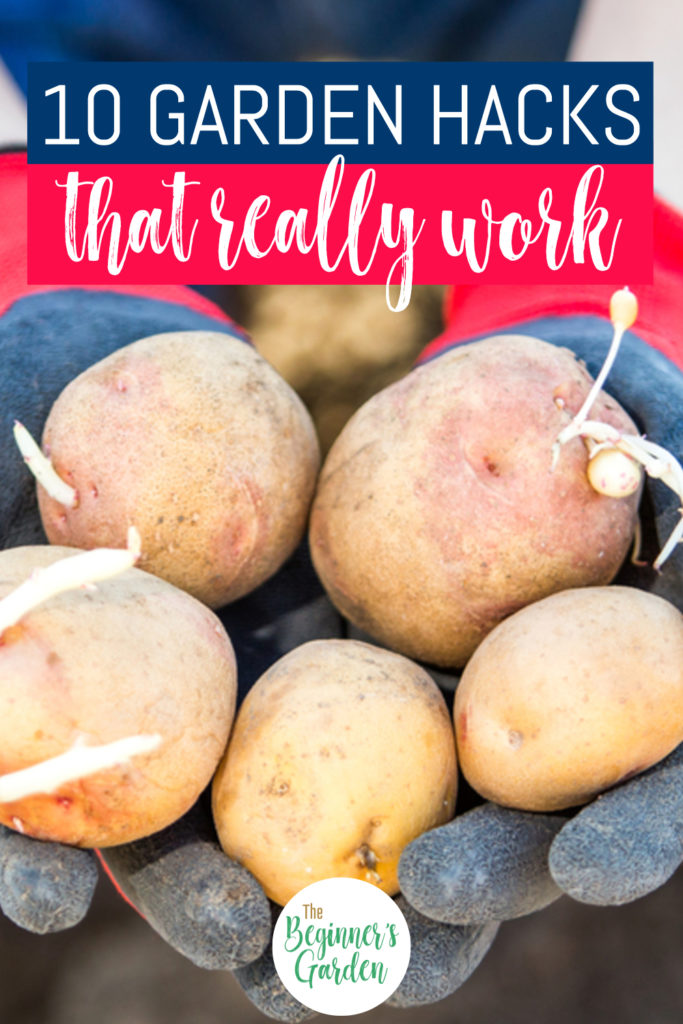
Is the cornmeal used for fungus the same as what you buy in the grocery store or is it a special horticultural cornmeal?
It’s called “corn gluten meal,” which is not the same as cornmeal. I bought mine off Amazon from Espoma.